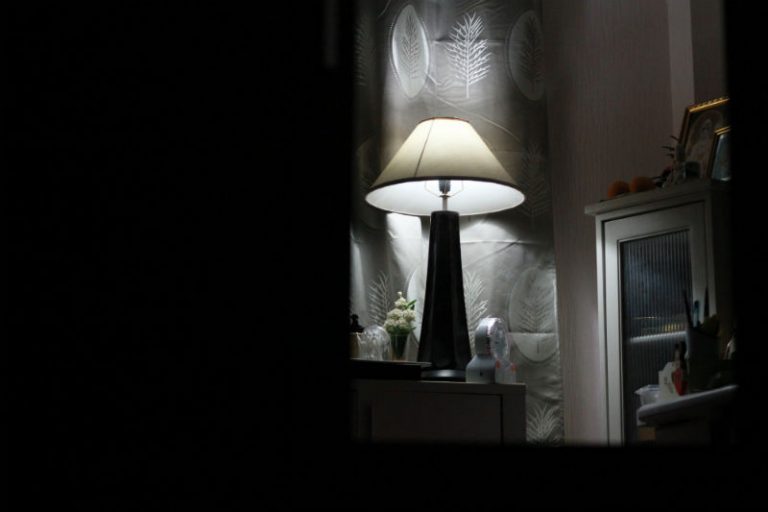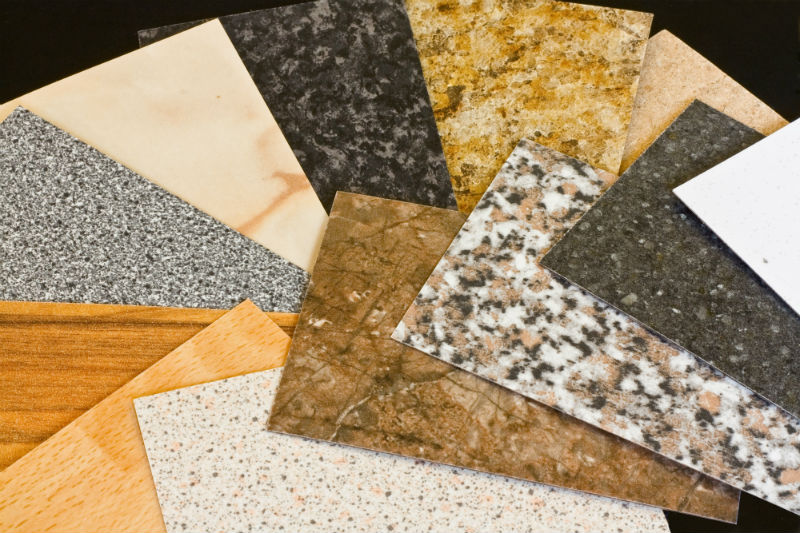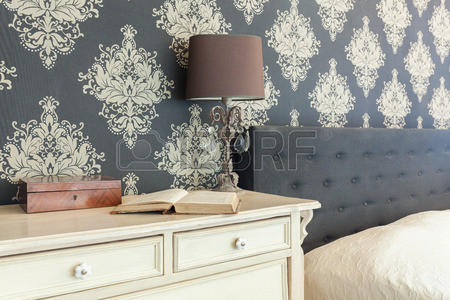The word sustainable is a modern buzzword that seems to be synonymous with responsible growth and environmental awareness. It’s a big concept in the energy, construction, and manufacturing industries, where the goal has become to support current need, demand, and growth without compromising the ability of future generations to meet their own needs. Sustainable energy development, for example, is the meeting of current energy demands without depleting energy resources that the next generations will need to power the future. As this concept makes its way into manufacturing, everything from electronics to home furnishings is being developed and manufactured sustainably, and sustainability has even become a design style with products such as recycled concrete and glass countertops, engineered hardwood flooring, and now even low VOC wall coverings.
What Can Make Wall Coverings Sustainable?
There are a number of ways to integrate sustainability with home decorations such as wallcoverings with the development of new green designs for recycled fabric, wood, and vinyl wallpapers; wainscoting; and other wall decoration products. Three factors make up the sustainability of any product: the use of recycled materials or renewable resources in the composition of any product, the durability of a product, and the impact on the environment that is demonstrated by either the product itself or the manufacturing of the product. Green wallcoverings made of recycled and renewable materials include those that use recycled paper, natural fibers such as cotton or silk, or wood such as recycled wood products and cork. The more durable a wallcovering is, the less likely that it will need to be replaced, which conserves energy and resources. Low VOC vinyl wallcoverings are also better for the environment.
Sustainable Innovation
Sustainability has somewhat forced industries into a new realm of innovation that hasn’t been seen before. When media attention and policymakers place a spotlight on energy and resource conservation and environmental responsibility, industries learn to do more with less, and the result is a new focus on critical thinking and problem-solving that results in better products. Whether it’s the use of natural textiles, recycled materials, or low VOC adhesives, the end result is a wallcovering that is more durable, requires less energy and resources to manufacture, and is better for the environment.


